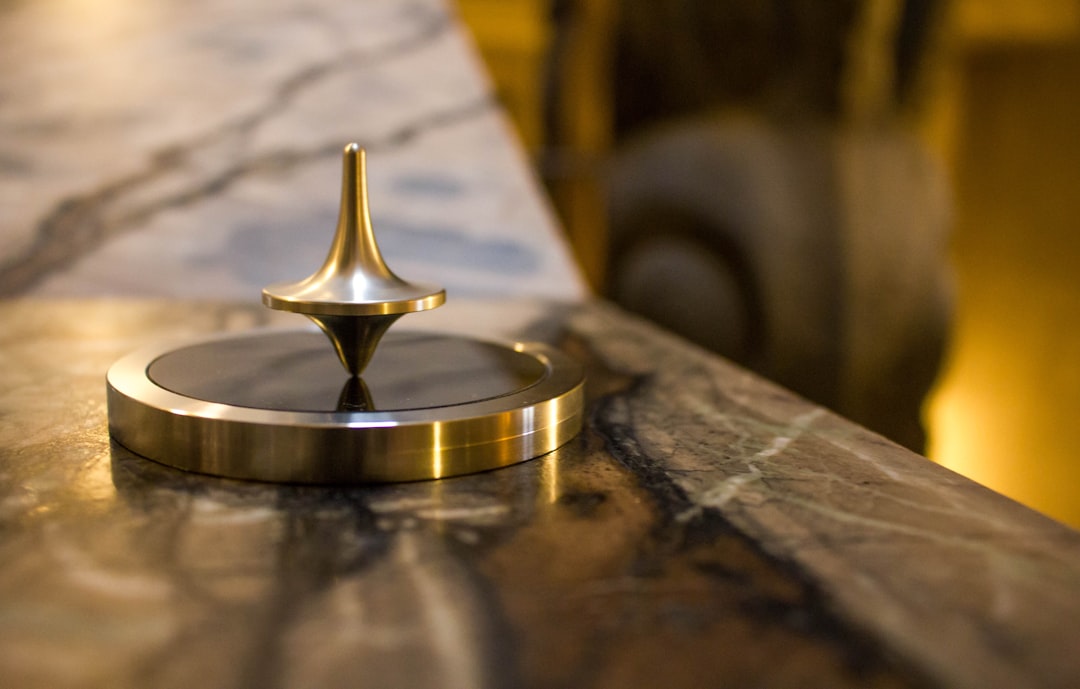Laser cutting vinyl offers a brilliant canvas for creativity, enabling the creation of intricate designs and custom pieces—whether for your weekend crafting project or a professional endeavor. However, there’s more to it than just hitting ‘cut’ and hoping for the best. Learning the ropes through understanding best practices and the right materials can elevate your results to a new level. Here’s a comprehensive guide covering essential tips, techniques, and safety precautions to keep in mind when using a laser cutter for vinyl.
Importance of Using Laser-Safe Vinyl
Choosing the right vinyl is crucial, and the first rule is to steer clear of PVC vinyl. Why? Because PVC emits toxic fumes when burned. It’s a surefire way to ruin your day and your laser cutter. Instead, look for PVC-free options, such as Siser EasyWeed or Stahl’s HTV, which are not only safer but also maintain cutting quality. Selecting materials that are laser-safe and non-chlorinated is paramount to avoiding potential health hazards.
Understanding Cutting Techniques: Vector vs. Raster
Time to dive into the nitty-gritty of cutting techniques. Understanding the difference between vector cutting and raster engraving is key:
– Vector Cutting: This technique is about cutting through the vinyl completely to create outlines and shapes. Perfect for grabbing those details that make a design truly pop.
– Raster Engraving: Here, the laser etches designs onto the surface without cutting entirely through. It’s ideal for adding intricacies and textures without compromising material integrity. This distinction is vital for ensuring you achieve your desired outcome in your projects.
Choosing the Right Laser Cutter
Not all laser cutters are created equal, and the type can significantly influence your results. For cutting vinyl, CO2 lasers take the cake. They offer precision and speed, effectively slicing through various thicknesses of vinyl while delivering clean edges. CO2 lasers are versatile and effective. On the other hand, diode lasers can tackle thinner materials, but steer clear of fiber lasers—they’re generally not suitable for vinyl cutting. Here’s a quick overview:
| Type of Laser | Best For | Recommendations |
|---|---|---|
| CO2 Laser | Thick vinyl cutting & engraving | Delivers clean cuts at high speeds |
| Diode Laser | Thinner vinyl & basic engraving | Good for simple cuts |
| Fiber Laser | Not recommended for vinyl | Better suited for metal and other materials |
Safety Precautions
Safety first! Ensure you’re following these precautions:
– Use an exhaust system to remove harmful fumes generated during cutting.
– Equip yourself with PPE, like masks and safety goggles, to limit your exposure to any potential hazards. Safety measures are critical for a safe working environment and help to avoid accidents.
Optimizing Your Settings
Setting your laser cutter correctly is the key to achieving the best results:
– Power Level: Keep it low; you don’t want to burn or melt the vinyl. A good starting point is around 13% power for HTV, which aligns with insights from various discussions around cutting parameters.
– Speed Settings: Adjust your speed to suit the material and desired finish. Users have reported that cutting at 100 speed for vinyl yields perfect results with minimal weeding.
– Testing Cuts: Always perform test cuts on scrap vinyl before diving into your main project. This minimizes costly mistakes and fine-tunes your settings, a practice emphasized by cutting technique authorities everywhere.
Advanced Techniques and Tips
For those looking to add a little flair to their laser cutting experience, here’s a list of advanced techniques:
1. Utilize Weeding Tools: When your project requires vector cutting, having a weeding tool ready can save you a lot of hassle in removing excess vinyl without damaging your masterpiece.
2. Experiment with Designs: The creative space of laser cutting allows you to whip up tagless labels, intricate logos, or even specific monograms. Push the boundaries of what you can achieve with your laser cutter.
3. Raster Engraving: Consider using raster engraving for adding personal touches to your items or for creating unique textures. This enhances the visual appeal of your finished product without extending your cutting time too much.
4. Software Recommendations: Programs like CorelDraw or Adobe Illustrator are essential for designing detailed projects. Be sure to check compatibility with your laser cutter.
Comparing Laser Cutting with Vinyl Cutting
While laser cutting has some remarkable advantages, traditional vinyl cutters can be a more reliable choice for some projects. Exploring both methods can help determine which is best for your project, especially intricate designs where laser cutters may struggle due to the fume issue mentioned earlier.
In these discussions, users share insights and experiences regarding laser cutting techniques and safety concerns. It’s an ongoing conversation that is always worth checking out if you want to expand your knowledge further.
Mastering the art of laser cutting vinyl is both a science and a creative expression. By using the right materials, understanding cutting techniques, prioritizing safety, and ensuring precision in your machine settings, you can create astounding designs that stand out in the crowd. For deeper insights into best practices in laser cutting, feel free to check out resources like A Beginner’s Guide to Laser Cutting Vinyl and Laser Engraver Care Tips. Now armed with this knowledge, you’re all set to embark on your vinyl cutting journey.
Happy cutting!


